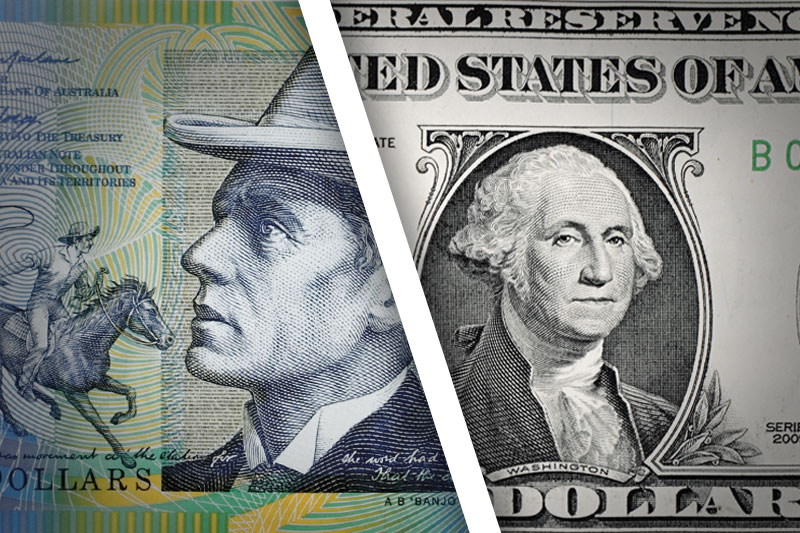Investing.com - The Australian dollar was higher against its U.S. counterpart in light holiday trade on Tuesday, despite lower-than-expected Australian private sector credit data as market sentiment slightly strengthened before the year end.
AUD/USD hit 0.8949 during early European trade, the pair's highest since December 23; the pair subsequently consolidated at 0.8920, rising 0.17%.
The pair was likely to find support at 0.8834, Monday's low and resistance at 0.8969, the high of December 13.
In a report, the Reserve Bank of Australia said private sector credit rose 0.3% in November, less than the expected 0.4% increase, after a 0.3% gain the previous month.
Meanwhile, the dollar remained supported amid expectations for further stimulus tapering by the Federal Reserve. The U.S. central bank will start reducing its bond-buying stimulus program by USD10 billion a month in January, amid indications of an improving U.S. economy.
The Aussie was higher against the euro, with EUR/AUD shedding 0.33% to 1.5452.
The single currency had gained some ground on Friday, after European Central Bank Governing Council member Jens Weidmann said keeping interest rates low may endanger political reforms.
According to Germany’s Bild newspaper, Weidmann said low inflation shouldn’t be used to justify loose monetary policy. "We must take care to raise interest rates again in a timely manner should inflation pressures build," he reportedly added.
Separately, ECB President Mario Draghi said he sees no urgent need to cut the euro zone's main interest rate further and sees no signs of deflation.
Later in the day, the U.S. was to produce private sector data on consumer confidence and house price inflation, as well as a report on manufacturing activity in the Chicago region.
AUD/USD hit 0.8949 during early European trade, the pair's highest since December 23; the pair subsequently consolidated at 0.8920, rising 0.17%.
The pair was likely to find support at 0.8834, Monday's low and resistance at 0.8969, the high of December 13.
In a report, the Reserve Bank of Australia said private sector credit rose 0.3% in November, less than the expected 0.4% increase, after a 0.3% gain the previous month.
Meanwhile, the dollar remained supported amid expectations for further stimulus tapering by the Federal Reserve. The U.S. central bank will start reducing its bond-buying stimulus program by USD10 billion a month in January, amid indications of an improving U.S. economy.
The Aussie was higher against the euro, with EUR/AUD shedding 0.33% to 1.5452.
The single currency had gained some ground on Friday, after European Central Bank Governing Council member Jens Weidmann said keeping interest rates low may endanger political reforms.
According to Germany’s Bild newspaper, Weidmann said low inflation shouldn’t be used to justify loose monetary policy. "We must take care to raise interest rates again in a timely manner should inflation pressures build," he reportedly added.
Separately, ECB President Mario Draghi said he sees no urgent need to cut the euro zone's main interest rate further and sees no signs of deflation.
Later in the day, the U.S. was to produce private sector data on consumer confidence and house price inflation, as well as a report on manufacturing activity in the Chicago region.
